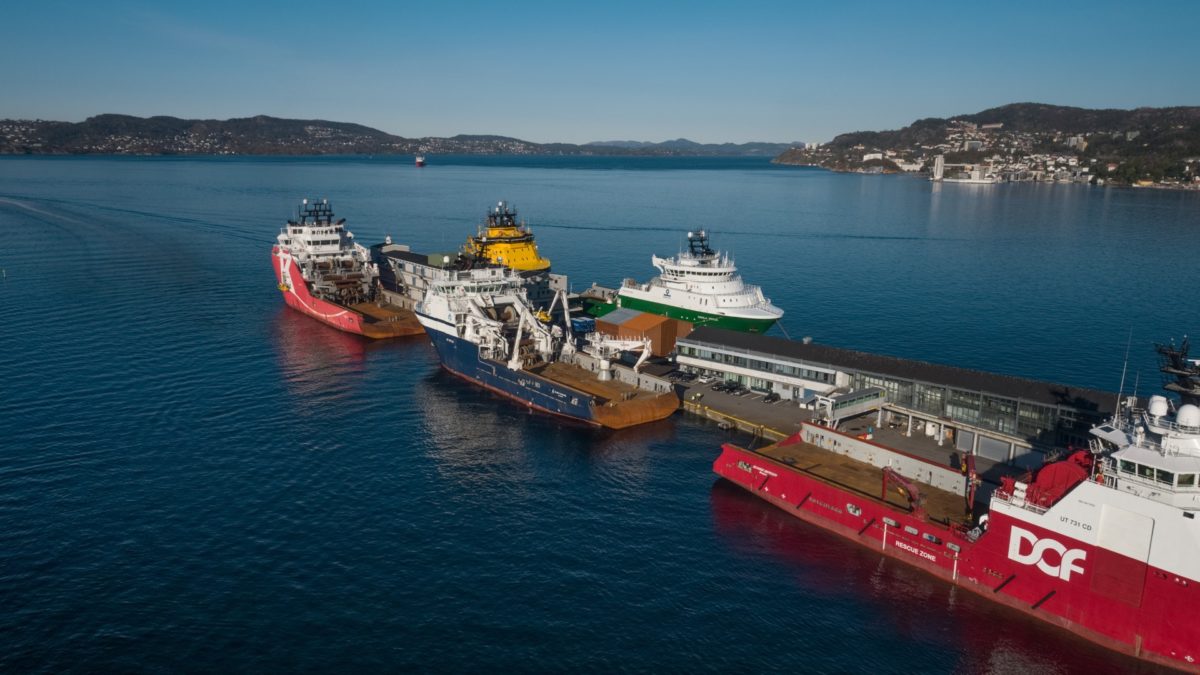Pilotowners
The pilot has two significant owners from the Norwegian maritime sector: Plug and Kystrederiene.
Background
Parallel to the need for green transition, the intensified geopolitical situation in the world and the war in Ukraine have led NATO countries to increasingly invest in enhanced defense capabilities and preparedness. The Ukraine war has largely demonstrated the importance of protecting critical infrastructure. Power supply is critical infrastructure. If the right measures are taken, parts of the Norwegian domestic fleet could, in a crisis situation, largely function as mobile power plants, deployed as needed. The same measures can contribute to these ships operating with low emissions during peacetime through the use of shore power, charging power, and battery operation. GSP’s experience over the last 10 years has shown that the application of batteries is a highly cost-effective way to reduce emissions of greenhouse gases and hazardous environmental gases. The potential is still not sufficiently utilized. If the authorities, in cooperation with the industry in the coming years, establish an operational shore power and charging power infrastructure that provides competitive power, this could trigger further green investments in shipping companies. The investments could help Norway reach its climate goals in an energy-efficient manner, while simultaneously establishing a cost-effective and flexible power preparedness.
Pilot Study Goals
- Establish a high-level roadmap for the development of a cost-effective and competitive charging and shore power infrastructure that meets maritime industry needs
- Conduct a needs analysis (GAP) for establishing flexible power preparedness in selected ports that covers emergency needs
- Conduct a needs analysis (GAP) covering what adaptations to vessels are necessary to utilize an emergency situation
- Perform a technical/economic feasibility analysis for establishing shore and charging power infrastructure for ships – which is also appropriate in an emergency context
Final Goals for the Pilot
- Establish a cost-effective, competitive, and fully operational electrical infrastructure along the coastline that reduces emissions of greenhouse gases and hazardous environmental gases during peacetime
- Establish a flexible power preparedness along our coast by 2030 for use in future potential crises
- Electrify our vessel fleet with batteries
Status
The pilot was launched in September 2024. More participants in the pilot are desired.

